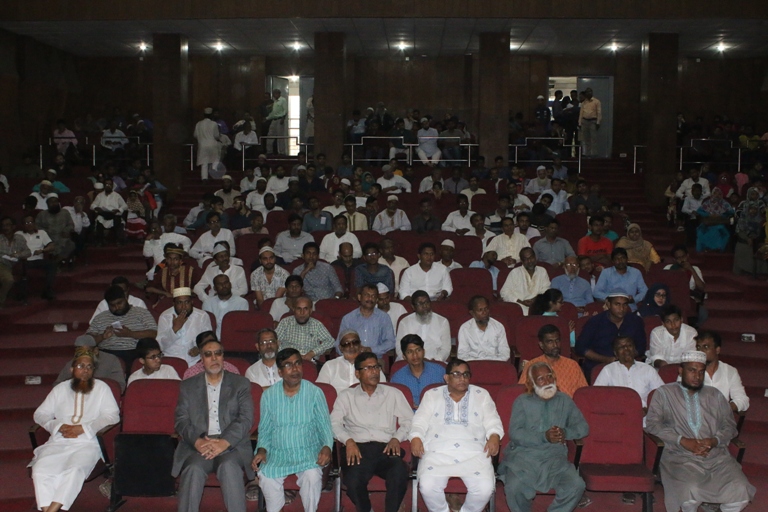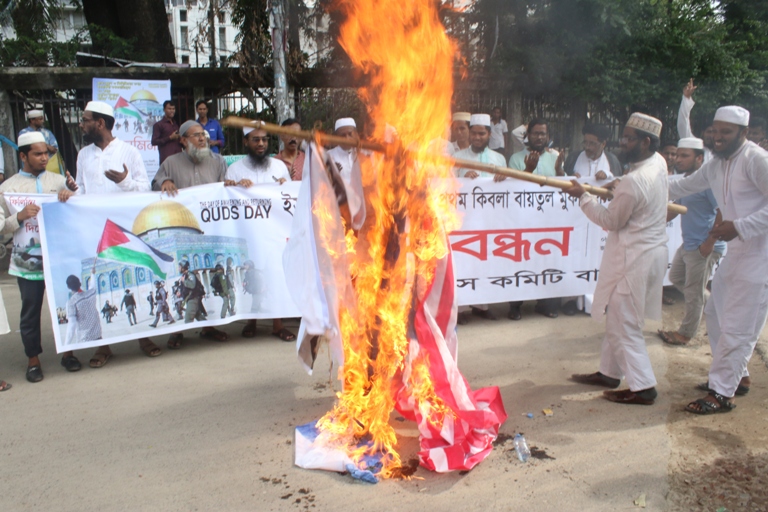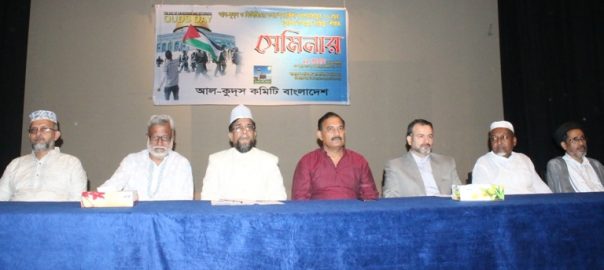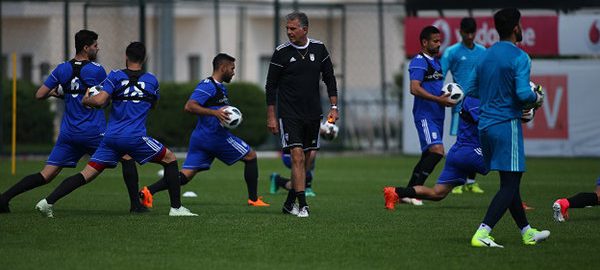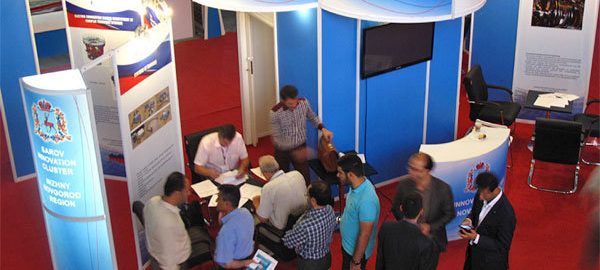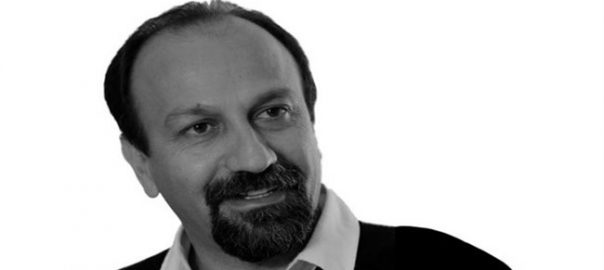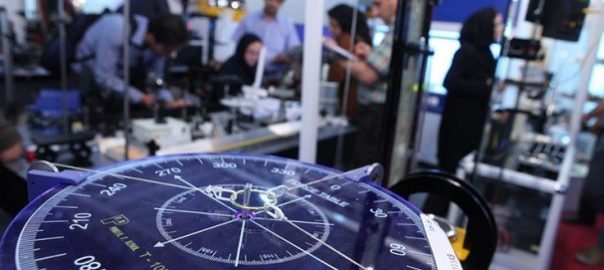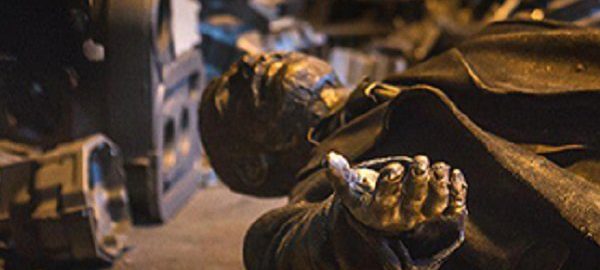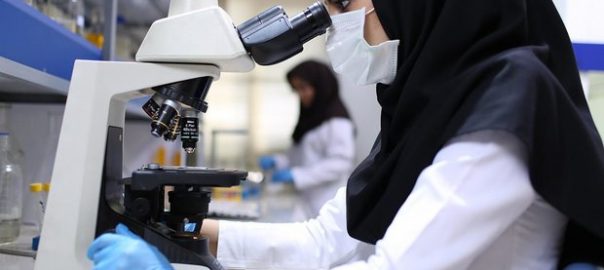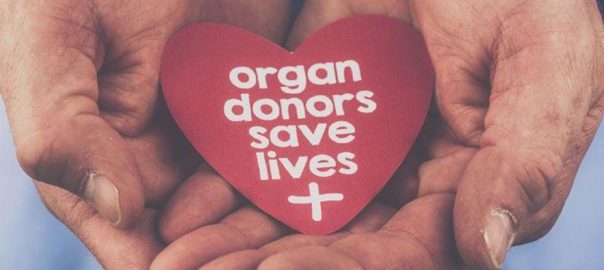Some three million Iranians have organ donor cards and some 10 percent have signed online consent forms for organ donation, Farahnaz Sadeq-Beigi, head of organ procurement program in Masih Daneshvari Hospital, a national research institute for tuberculosis and lung diseases, has said.
She made the remarks on the occasion of the National Organ Donation Day, May 21, Fars reported on Sunday. The day commemorates the issuance of a decree by the late founder of the Islamic Republic, Imam Khomeini, on May 21, 1989, authorizing organ donation.
Traffic accidents are the main reasons of brain deaths in Iran, she said, lamenting that out of 4,000 brain deaths reported by forensics only 1,000 donate their organs.
The hospital’s manager Ali Akbar Velayati, for his part, noted that some 10,000 people are waiting in transplant lists and every day some 10 people waiting for an organ lost their lives. Moreover, he added, some 14 individuals will be added to the list.
The head of the hospital’s transplant surgery department, Azizollah Abbasi, explained that all transplant surgeries performed in Masih Daneshvari Hospital are free of charge and covered by the Ministry of Health.
Organ donation, how and why?
Organ donation is the process of surgically removing an organ or tissue from one person or the organ donor and placing it into another person, also called the recipient. Transplantation is necessary because the recipient’s organ has failed or has been damaged by disease or injury.
Organ transplantation is one of the great advances in modern medicine, but unfortunately, the need for organ donors is much greater than the number of people who actually donate.
Individuals who wish to become organ donors can join a donor registry to legally give consent for the anatomical gift of organs, tissue, and eyes.
Masih Daneshvari Hospital
In 1986 this hospital became a sub division of Shahid Beheshti University of Medical sciences and the hospital served as a center for tuberculosis and lung diseases. In 1992, the research institute was established and merged with the hospital entitled “National Research Institute of Tuberculosis and Lung Disease, Masih Daneshvari Hospital”.
Lung transplantation, heart transplantation, simultaneous heart-lung and heart-kidney transplantation for the first time in Iran, transplantation of an artificial biologic trachea, and construction of bio artificial liver are some of the achievements of the center. / Tehran times /
